Imagine looking up at the night sky and seeing not one glowing orb, but two moons hanging side by side. According to one fascinating scientific theory, that may have been Earth’s reality billions of years ago. Researchers suggest a smaller “second moon” once orbited our planet before eventually colliding with its larger sibling. The impact may have helped shape the Moon we see today, leaving behind its rugged mountains and mysterious far side. It’s a cosmic story of creation and destruction that challenges everything we thought we knew about our closest celestial neighbor.
The Mysterious Origins of Our Ancient Companion
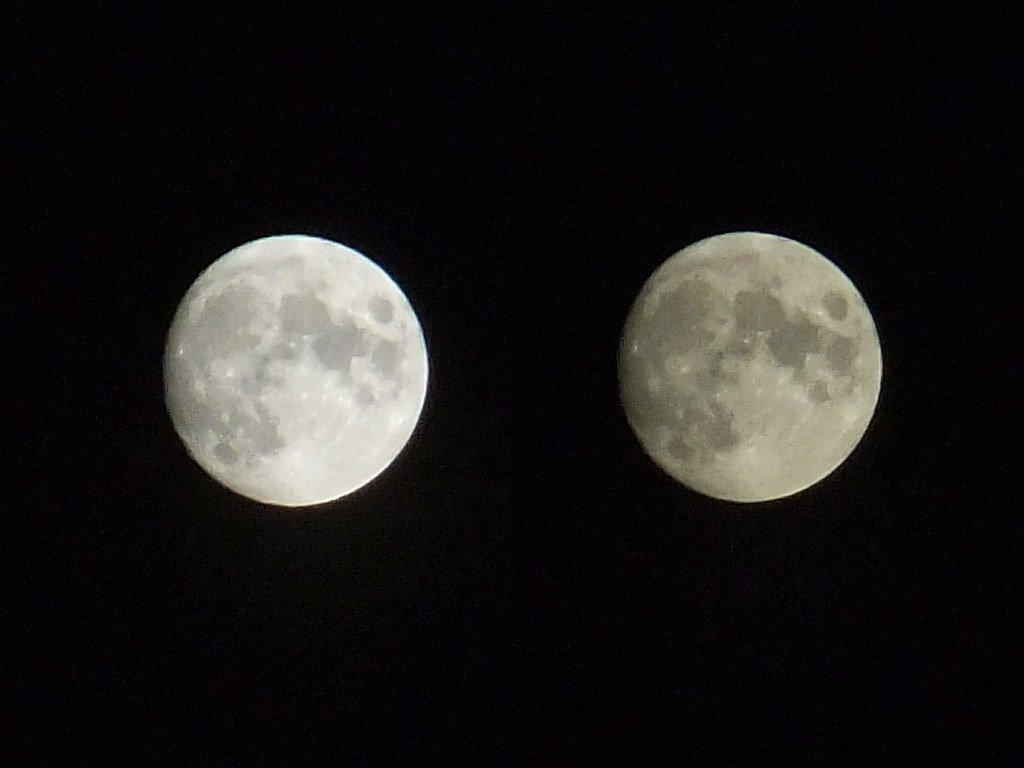
Imagine looking up at the night sky around four and a half billion years ago and seeing not just one moon, but two celestial companions dancing around our planet. This isn’t science fiction – it’s the fascinating reality that scientists are now piecing together through cutting-edge research and computer simulations. Billions of years ago, a version of our Earth that looks very different than the one we live on today was hit by an object about the size of Mars, called Theia – and out of that collision the Moon was formed. What researchers are now discovering is that this cataclysmic collision might have created not just one moon, but two.
The story of Earth’s twin moons reads like a cosmic thriller. The second moon around Earth would have been about 1,000 km (620 miles) wide and could have formed from the same collision between the planet and a Mars-sized object that scientists suspect helped create the moon we see in the sky today. This smaller companion wasn’t just floating around randomly – it occupied one of the most stable places in our solar system, a gravitational sweet spot that would hold it in perfect balance for tens of millions of years.
The Giant Impact That Started It All

To understand how Earth ended up with two moons, we need to go back to the beginning. According to modern theories of planet formation, Theia was part of a population of Mars-sized bodies that existed in the Solar System 4.5 billion years ago. When this planetary embryo slammed into the young Earth, the collision was so violent that it fundamentally changed both worlds forever.
According to NASA, “When the young Earth and this rogue body collided, the energy involved was 100 million times larger than the much later event believed to have wiped out the dinosaurs.” The impact sent enormous amounts of material flying into space, creating a disk of debris around Earth. Most theories suggest this debris slowly coalesced over months or years to form our familiar moon, but recent computer simulations are revealing a more dramatic possibility.
A new simulation puts forth a different theory – the Moon may have formed immediately, in a matter of hours, when material from the Earth and Theia was launched directly into orbit after the impact. This rapid formation scenario opens up entirely new possibilities for what happened in those chaotic early days of the Earth-Moon system.
Birth of the Second Moon in a Cosmic Nursery
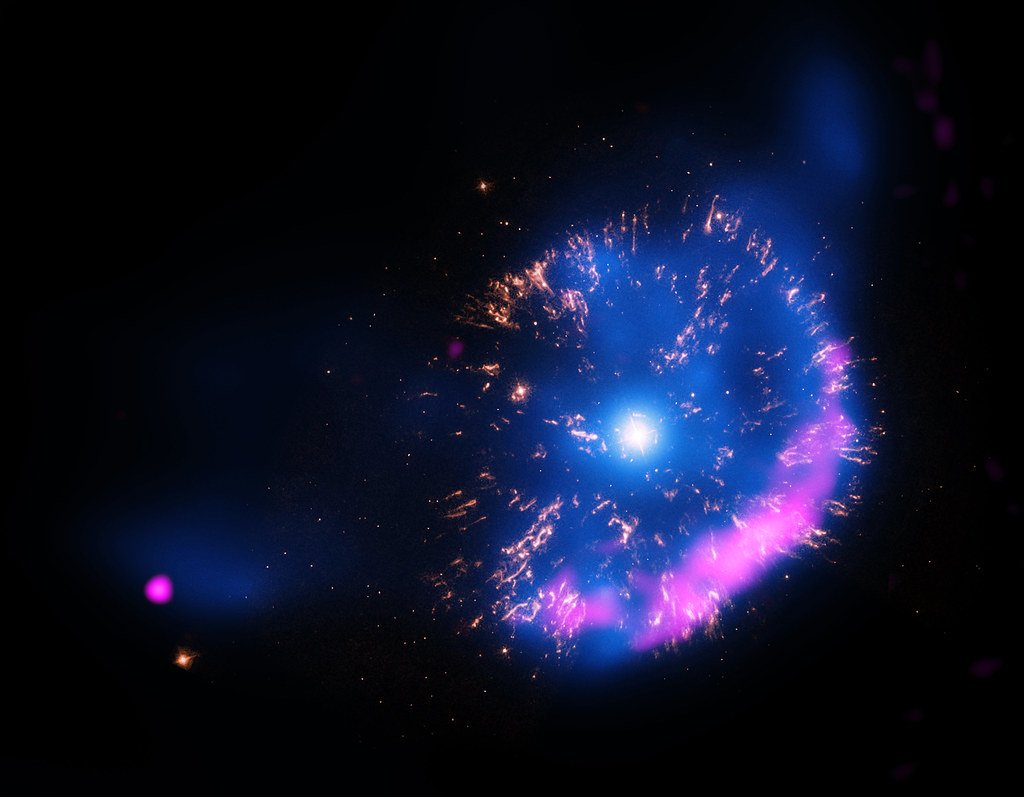
Not all of the ring material need have been swept up right away: the thickened crust of the Moon’s far side suggests the possibility that a second moon about 1,000 km (620 mi) in diameter formed in a Lagrange point of the Moon. The smaller moon may have remained in orbit for tens of millions of years. This isn’t just speculation – it’s based on solid physics and orbital mechanics.
The debris from the giant impact didn’t just create one massive clump of material. Instead, it formed multiple bodies of various sizes, with the largest becoming our current moon. Companion moons are a common outcome of simulations of Moon formation from a protolunar disk resulting from a giant impact, and although most coplanar configurations are unstable, a ∼1,200-km-diameter moon located at one of the Trojan points could be dynamically stable for tens of millions of years after the giant impact.
What makes this scenario particularly fascinating is that the second moon would have been made from the same material as our current moon, essentially making them cosmic twins born from the same violent event. The smaller companion contained all the ingredients that would later explain some of the Moon’s most puzzling features.
The Trojan Points – Nature’s Parking Spaces

To understand where this second moon lived for millions of years, we need to dive into one of the most elegant concepts in orbital mechanics: Lagrange points. Lagrange Points are positions in space where the gravitational forces of a two-body system like the Sun and Earth produce enhanced regions of attraction and repulsion. These can be used by spacecraft as “parking spots” in space to remain in a fixed position with minimal fuel consumption.
Of the five Lagrange points, three are unstable and two are stable. The unstable Lagrange points – labeled L1, L2, and L3 – lie along the line connecting the two large masses. The stable Lagrange points – labeled L4 and L5 – form the apex of two equilateral triangles that have the large masses at their vertices. It was at one of these stable points – either L4 or L5 in the Earth-Moon system – where our second moon made its temporary home.
At such a point, the gravitational attraction of the Earth and moon essentially balances out, meaning objects there can stay relatively stably. The Earth and moon have two Trojan points, one leading ahead of the moon, known as the L-4 point of the system, and one trailing behind, its L-5 point. This cosmic balance allowed the companion moon to orbit alongside our main moon for an incredibly long time.
Millions of Years of Celestial Coexistence
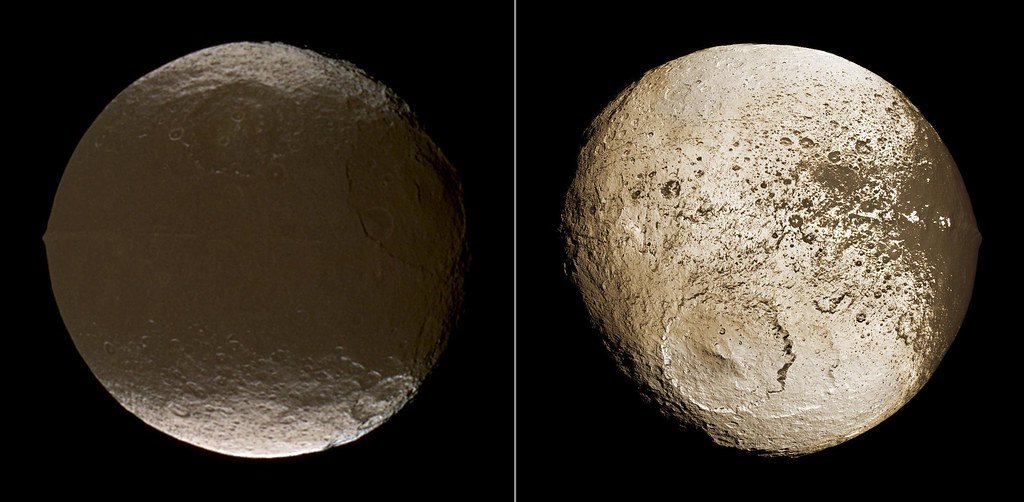
For roughly a hundred million years, Earth had two moons sharing the sky. The researchers computed that this second moon could have stayed at a Trojan point for tens of millions of years. During this time, both moons were gradually evolving and cooling down from the violent impact that created them.
Most of the Moon’s magma ocean would solidify on this timescale, whereas the companion moon would evolve more quickly into a crust and a solid mantle derived from similar disk material, and would presumably have little or no core. The smaller moon, being less massive, would have cooled down faster than our main moon, developing a solid crust while the larger moon was still partially molten.
During this period, anyone standing on Earth’s surface would have witnessed incredible night skies. Sometimes both moons would be visible at once, casting double shadows and creating tidal effects we can barely imagine today. The gravitational dance between Earth and these two moons would have been far more complex than the relatively simple system we know now.
The Gradual Drift Toward Destruction
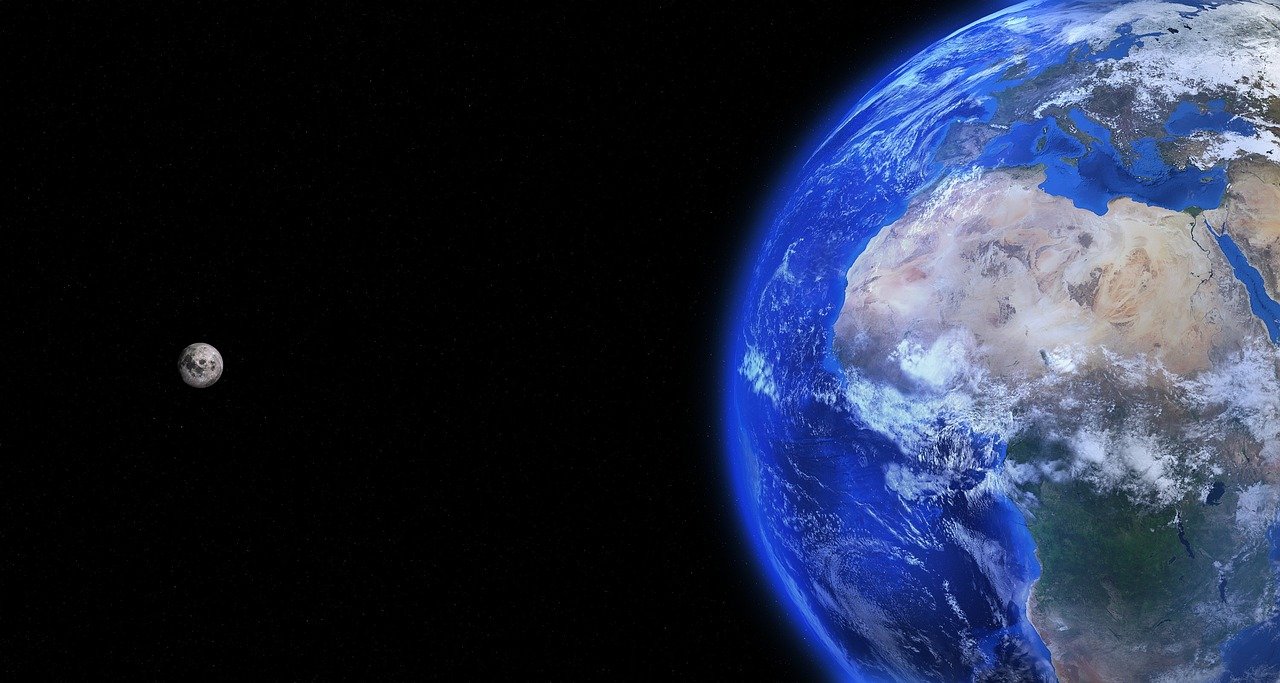
Nothing in space stays the same forever, and the stable arrangement of Earth’s two moons was always destined to change. Surface reflectors placed on the Moon during Apollo show that the Moon moves away from Earth at the rate of about an inch and a half per year. This gradual recession has been happening since the Moon first formed, and it was the key factor that would eventually doom the companion moon.
Eventually, however, this Trojan moon’s orbit would have destabilized once our moon’s orbit expanded far enough away from Earth. As the main moon spiraled outward due to tidal interactions with Earth, the delicate gravitational balance that kept the companion moon in its Trojan point began to break down.
But I don’t know if everybody knows the moon’s actually receding from the Earth by about an inch and a half per year. And early on, it was receding from the Earth much faster even than that. And so what was stable early on became unstable, and that led to the collision that we’re theorizing was this – you know, it was sort of anchored in this one spot, and then eventually it got loose and got into trouble. The cosmic clockwork that had kept both moons in harmony for millions of years was finally running down.
The Slow-Motion Cosmic Collision

When the companion moon finally fell out of its stable orbit, what happened next wasn’t the dramatic explosion you might expect from a cosmic collision. Instead, Its likely fate would be to collide with the Moon at ∼2–3 km s−1, well below the speed of sound in silicates. This relatively gentle impact speed – about 5,000 miles per hour, slow by cosmic standards – was crucial to what happened next.
For the theory to work, the smaller moon must have crashed into the larger one at about 4,400 miles (7,081 kilometers) an hour. “This is the slowest possible collision the two massive bodies could have if they fell into each other’s gravity,” explained study co-author Erik Asphaug, a planetary scientist at the University of California, Santa Cruz.
In such a low-velocity collision, the impact does not form a crater and does not cause much melting. Instead, most of the colliding material is piled onto the impacted hemisphere as a thick new layer of solid crust, forming a mountainous region comparable in extent to the lunar farside highlands. Rather than creating a catastrophic explosion, the smaller moon essentially “pancaked” onto the back of the larger moon.
The Great Splatting That Shaped the Moon
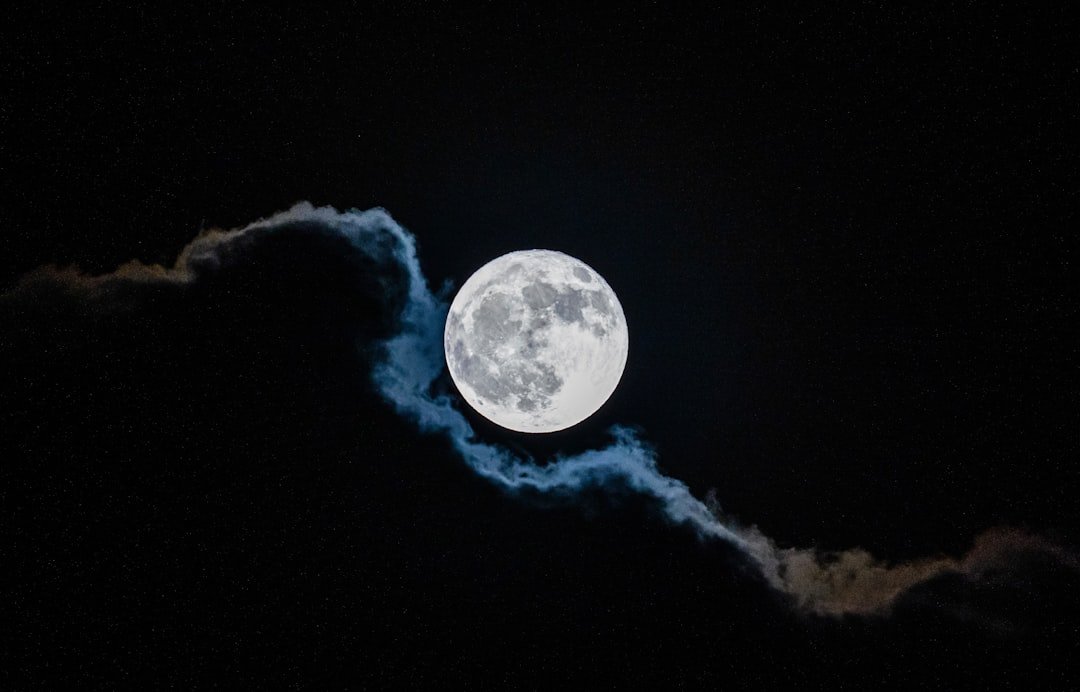
The collision between Earth’s two moons created one of the most distinctive features we can still observe today. In this case, it requires an odd collision: being slow, it does not form a crater, but splats material onto one side. This cosmic “splat” completely transformed one side of our moon, creating the stark differences we see between the near and far sides today.
The resulting collision would have been relatively slow at 4,500 to 6,700 miles per hour (7,200 to 10,800 kph), leading its matter to splatter itself across our moon as a thick extra layer of solid crust tens of miles thick. The companion moon didn’t disappear – it became a permanent part of our moon’s structure, adding its entire mass to one hemisphere.
The new calculations suggest that a collision with a companion at subsonic impact velocity leads to an accretionary pile rather than a crater, resulting in a hemispheric layer consistent with the dimensions and crustal structure of the topography of the farside highlands. According to our simulations, a large moon/Moon size ratio (∼0.3) and a subsonic impact velocity lead to an accretionary pile rather than a crater, contributing a hemispheric layer of extent and thickness consistent with the dimensions of the farside highlands.
The Aftermath – A Sky Full of Debris
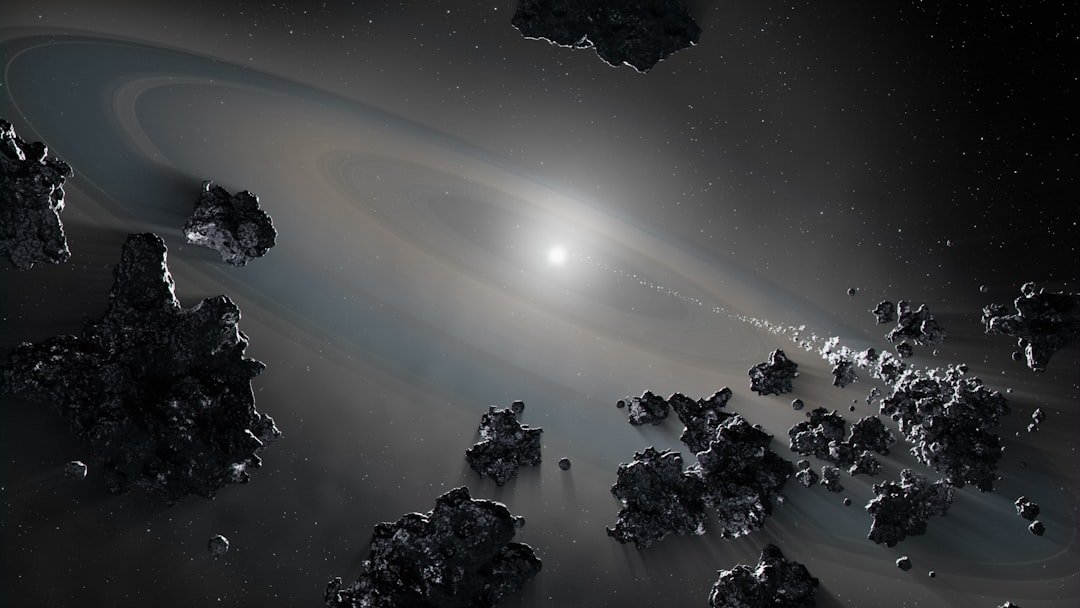
The collision between the two moons, while relatively gentle by cosmic standards, still ejected enormous amounts of material into space. Though not very energetic, the collision would have ejected trillions of tons of lunar debris into space, obscuring both moons for several days. For nearly a week, the merged moon would have been hidden behind a cloud of dust and rocks thrown up by the impact.
When the dust cleared, you had one moon that might have looked similar to our moon today. For up to a million years after the event, Earth would have been bombarded by moon bits of various sizes, the biggest of which could have been as much as 62 miles (100 kilometers) across. You’d have meteors raining down all over the sky for a long period of time.
The aftermath of this collision would have been spectacular and terrifying. Earth’s early atmosphere would have been filled with cosmic debris for hundreds of thousands of years. Chunks of moon rock, some as large as mountains, would have streaked across the sky and crashed into Earth’s surface, creating impacts that would have made the later asteroid that killed the dinosaurs look small by comparison.
How This Explains the Moon’s Lopsided Face
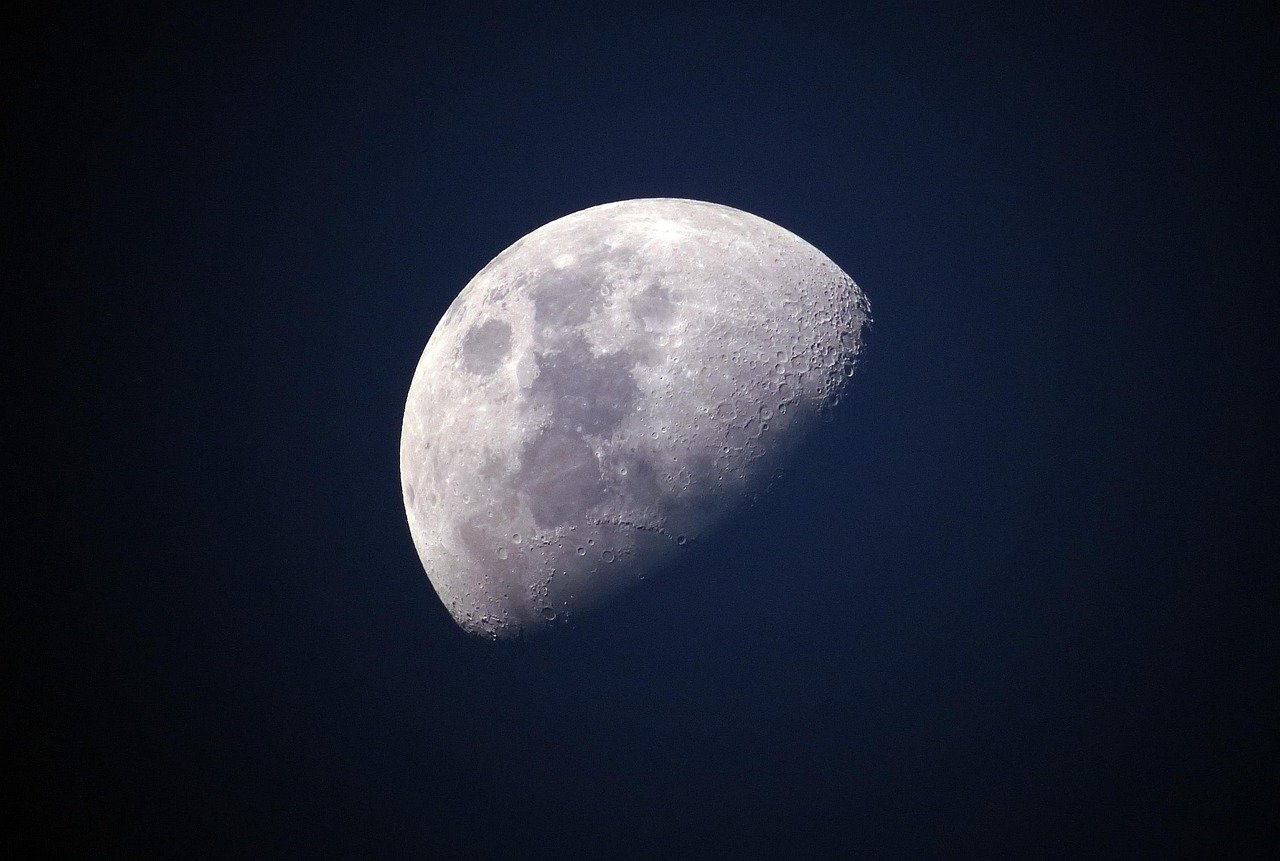
One of the most puzzling features of our moon has always been how dramatically different its two sides look. The moon’s far side is very different than its near side. For instance, widespread plains of volcanic rock called “maria” (Latin for seas) cover much of the near hemisphere, but only a few maria are seen on the far one. In addition, while the surface of the near side is mostly low and flat, the far side is often high and mountainous, with the lunar surface elevated 1.2 miles (1.9 km) higher on average on the far side.
Compared to the near side, the far side’s terrain is rugged, with a multitude of impact craters and relatively few flat and dark lunar maria (“seas”), giving it an appearance closer to other barren places in the Solar System such as Mercury and Callisto. The collision with the companion moon provides an elegant explanation for this stark difference.
The remains of this Trojan moon would make up the highlands now seen on our moon’s far side. At the same time, the impact would have squished an underground ocean of magma toward the near side, explaining why phosphorus, rare-earth metals and radioactive potassium, uranium and thorium are concentrated in the crust there. The companion moon literally became the mountainous far side we see today.
The KREEP Connection – Chemical Evidence of Ancient Collision
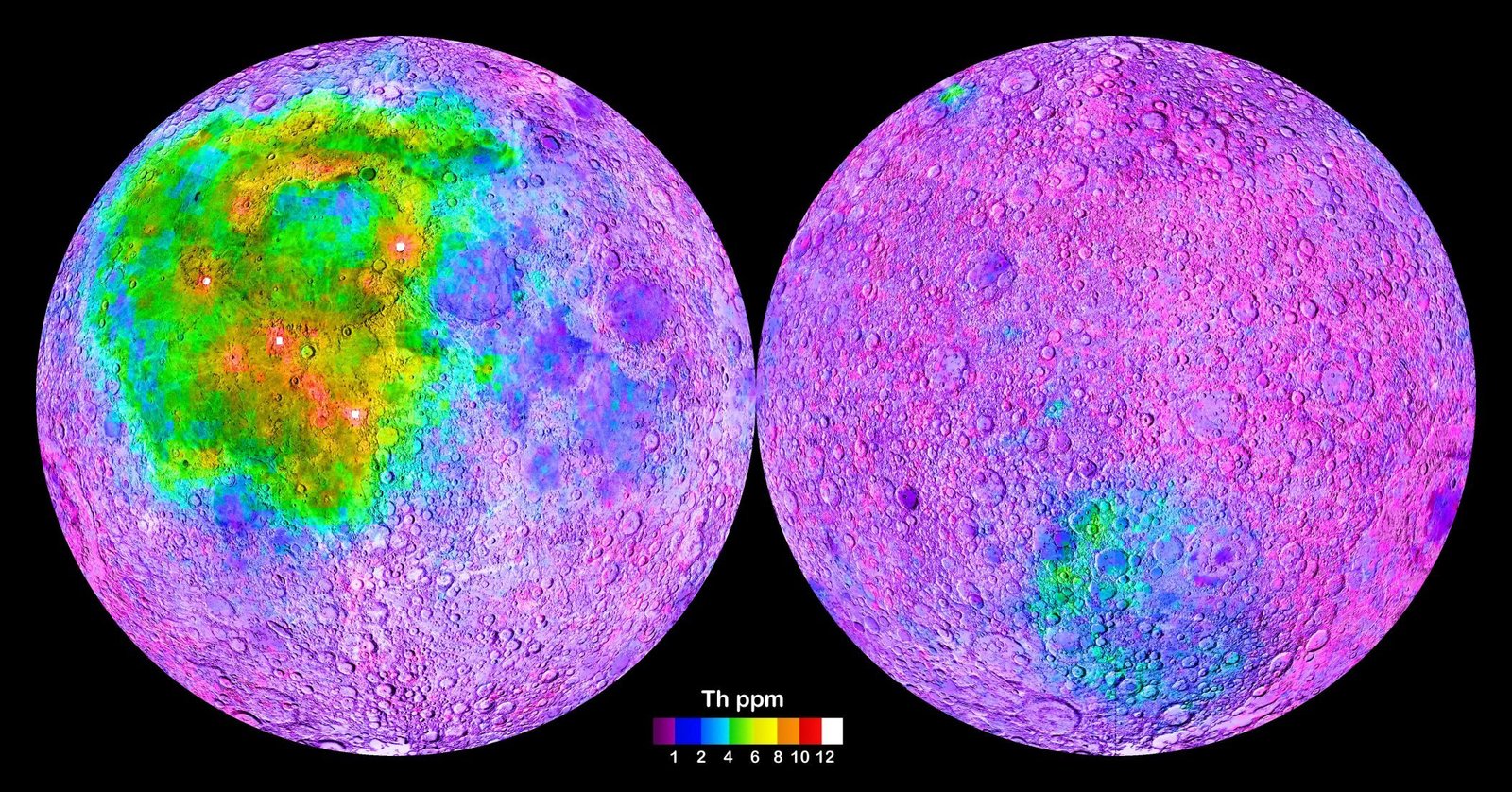
Some of the most compelling evidence for this ancient collision comes from the unusual distribution of certain elements on the moon’s surface. The model may also explain variations in the composition of the moon’s crust, which is dominated on the near side by terrain comparatively rich in potassium, rare-earth elements, and phosphorus (KREEP). These elements, as well as uranium and thorium, are believed to have been concentrated in the magma ocean that remained as molten rock solidified under the moon’s thickening crust. In the simulations, the collision squishes this KREEP-rich layer onto the opposite hemisphere, setting the stage for the geology now seen on the near side of the moon.
Before the collision, these elements would have been distributed relatively evenly throughout the moon’s interior. But when the companion moon crashed into the far side, it acted like a giant cosmic press, squeezing the KREEP-rich magma from the impact site around to the near side. This explains why these valuable elements are concentrated in the areas of the moon that face Earth – they were literally pushed there by the collision.
This chemical evidence provides strong support for the two-moon theory because it’s exactly what computer models predict should happen in such a collision. The distribution isn’t random – it’s a direct consequence of the physics of the impact and the way materials behave under extreme pressure.
Alternative Theories and Ongoing Debates

While the companion moon theory is compelling, it’s not the only explanation scientists have proposed for the moon’s strange asymmetry. Other models have been proposed to explain the formation of the highlands, including one published last year in Science by Jutzi and Asphaug’s colleagues at UC Santa Cruz, Ian Garrick-Bethell and Francis Nimmo. Their analysis suggested that tidal forces, rather than an impact, were responsible for shaping the thickness of the moon’s crust.
The new theory isn’t without its problems, however. For example, it doesn’t explain why the lumpy far side of our moon shows a high concentration of aluminum. If the two moons had formed from the same material, as is assumed, the companion moon – and its splatterings – should have been low in aluminum, like our own moon’s interior.
Scientists continue to debate these different theories because each one explains some aspects of lunar geology better than others. Nimmo said that for now there is not enough data to say which of the proposals offers the best explanation for this lunar contrast. “As further spacecraft data and, hopefully, lunar samples are obtained, which of these two hypotheses is more nearly correct will become clear.” Future missions to the moon’s far side may provide the definitive evidence needed to settle this cosmic mystery.
Conclusion
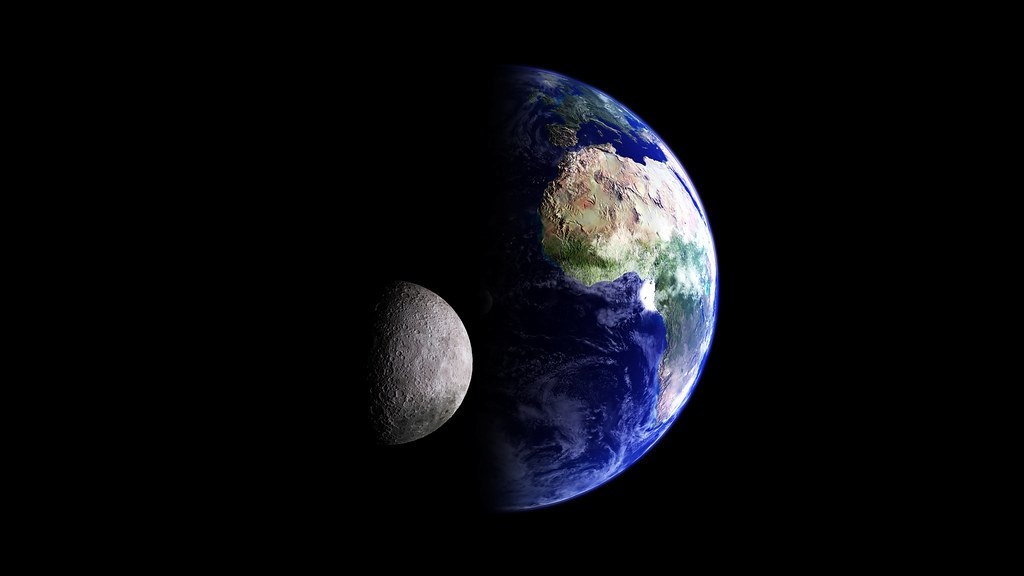
The tale of Earth’s two moons reads like the ultimate cosmic drama – a story of birth from violence, millions of years of celestial coexistence, and ultimate destruction that paradoxically created beauty. While we may never definitively prove every detail of this theory, the evidence continues to mount that our lone moon carries within its asymmetric form the remains of its ancient companion.
From the chemical signatures in lunar rocks to the computer simulations that recreate the physics of cosmic collisions, science is gradually piecing together this incredible chapter of our planet’s history. The next time you gaze up at the moon, remember that you’re not just looking at Earth’s companion – you’re seeing the merged remains of twins born from the same cosmic catastrophe that helped make our world habitable. Who would have imagined that destruction could create something so quietly beautiful that has watched over humanity for our entire existence?

Hi, I’m Andrew, and I come from India. Experienced content specialist with a passion for writing. My forte includes health and wellness, Travel, Animals, and Nature. A nature nomad, I am obsessed with mountains and love high-altitude trekking. I have been on several Himalayan treks in India including the Everest Base Camp in Nepal, a profound experience.


